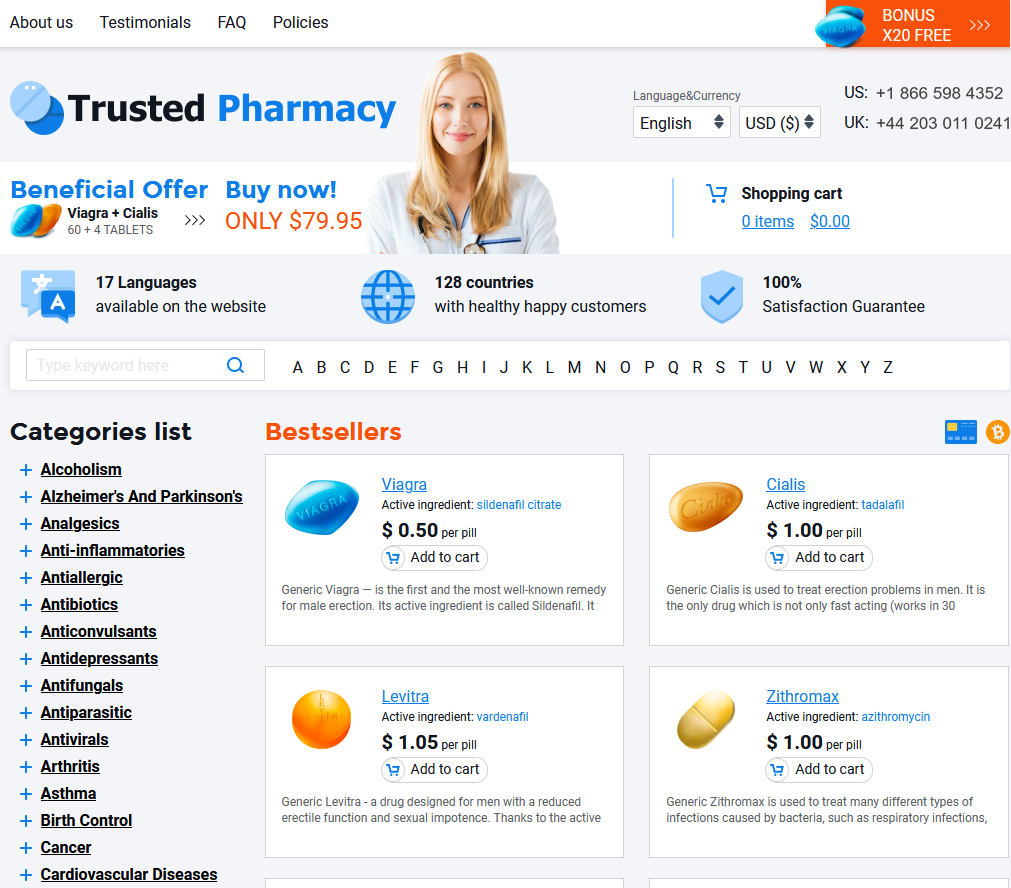 Cephalexin and Pets: Safe Use for Furry Friends
Cephalexin and Pets: Safe Use for Furry Friends
Understanding Cephalexin: What It Treats in Pets
Cephalexin, a versatile antibiotic, plays a crucial script role in veterinary medicine for treating bacterial infections in pets. From skin infections to urinary tract complications, this medication helps furry friends bounce back to their energetic selves. Its comp capability allows it to effectively tackle various infections. When administering cephalexin, following the sig is vital to ensure optimal results without contributing to antibiotic resistance.
Additionally, cephalexin fights conditions such as respiratory tract infections, making it a go-to choice for veterinarians. Below is a concise overview of what cephalexin treats in pets.
| Condition | Treatment |
|---|---|
| Skin Infections | Cephalexin |
| Urinary Tract Infections | Cephalexin |
| Respiratory Tract Infections | Cephalexin |
Dosage Guidelines: Ensuring Safe Administration for Pets

When crafting a script for cephalexin, it's crucial to ensure that every dosage is appropriately tailored to each pet's unique needs. This antibiotic, commonly used to battle bacterial infections, demands precise sig adherence to ensure optimal effectiveness and safety. Administering too high a dose can lead to complications, while too low can result in ineffective treatment. Understanding the balance is key, and sometimes what works for one furry friend may not suit another, requiring close dialogue with a white coat professional.
As responsible pet caregivers, executing a count and pour routine with cephalexin requires vigilance. Keeping a keen eye on potential discrepancies in dosage is vitally important. Veterinarians usually provide hard copy guidelines or scripts that must be followed accurately. Furthermore, constant observation for any adverse reactions in pets is essential, as it allows for swift action should any unexpected side effects occur. This proactive approach ensures that your beloved companion receives the best care possible.
Potential Side Effects and What to Watch for
When your pet is on cephalexin, it’s vital to be aware of any unusual symptoms that may arise. While most pets tolerate this medication well, some might experience a hangover effect, with symptoms such as lethargy, nausea, or vomiting. In rarer instances, you might notice itching or a rash, signs of a possible allergic reaction. Immediate attention should be given if these symptoms escalate.
It’s crucial to follow the proper script and sig provided by your veterinarian, ensuring you aren’t caught off guard by any side effects. Remember, every pet is unique; monitoring your furry friend closely can help you address any issues stat.
Comparing Cephalexin to Other Pet Antibiotics

When considering options for treating bacterial infections in pets, cephalexin stands out due to its broad-spectrum capabilities. Similar to other common antibiotics such as amoxicillin and doxycycline, cephalexin effectively tackles a variety of infections. However, its specific efficacy against skin and soft tissue infections often gives it an edge. While both amoxicillin and cephalexin are commonly prescribed, the decision often hinges on the precise bacterial strain and its resistance profile.
Price-wise, cephalexin might mean less sticker shock at the pharmacy compared to some newer antibiotics. It is crucial to consider the specific needs and health history of the pet, as well as any potential insurance reject scenarios, when choosing the most suitable antibiotic. Administering the right script correctly ensures a speedy recovery, preventing the need for rushed, stat interventions in more severe cases.
Tips for Administering Cephalexin to Furry Friends
Administering cephalexin to your furry companions can be a breeze with the right approach. First off, ensure the dosing matches the Sig provided by your veterinarian, as over-or under-medicating could lead to complications. A trusted method to get your pet to consume the medication is to disguise it in an elixir, such as peanut butter or cheese. This tactic often works wonders for pets who are picky about taking their meds. Remember, giving the medication stat is crucial, sticking to the schedule without missing doses for optimal effectiveness.
Additionally, incorporate a bit of playtime or a walk post-medication, offering positive reinforcement and reducing the chance of a negative perception of their script. Consider using a Bubble Pack for easy handling of doses. These simple strategies can make a big difference in ensuring the full benefits of cephalexin treatment.
```html
| DO | DON'T |
|---|---|
| Follow the Sig directions precisely. | Avoid skipping doses of cephalexin. |
| Use an elixir to mask the taste. | Don't force the medication rapidly. |
| Maintain a clear dosing schedule. | Avoid mixing with food if the vet advises against it. |
Common Misconceptions about Cephalexin Use in Pets
It's a common belief that cephalexin can be a one-size-fits-all miracle drug for any pet ailment. This overlooks the necessity for careful vet consultations to properly configure the script. Pets, like humans, can have varying reactions, and the wrong dose can lead to unwanted surprises. Another notion is that cephalexin is immediately effective. While it acts promptly, the duration for noticeable improvement can vary. Lastly, many think generic meds are less efficient than brand names. In reality, generics meet stringent standards, ensuring quality without the sticker shock.
